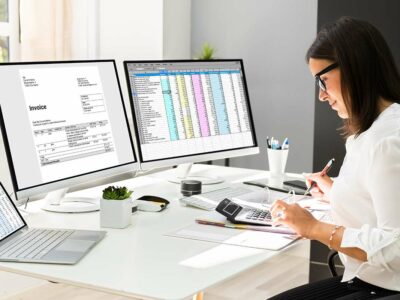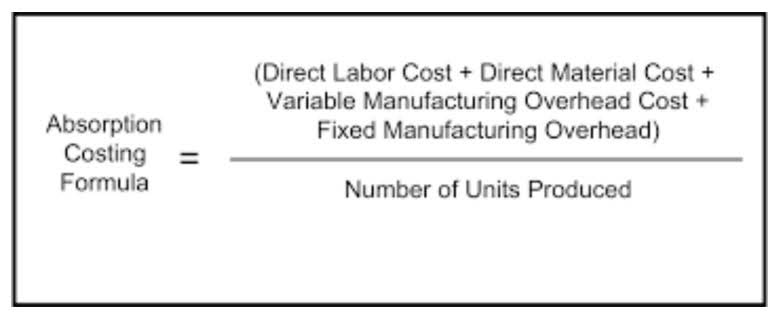
This section explores the factors that lead to changes in the accounting equation and how these changes are analyzed. Assets represent the valuable resources controlled by a company and liabilities represent its obligations. Both liabilities and shareholders’ equity detail how the assets of a company are financed. It will show as a liability if it’s financed through debt but in shareholders’ equity if it’s financed through issuing equity shares to investors. Instead, they are distributions of retained earnings to shareholders, reflecting the company’s decision to return profits to its owners. Understanding this distinction is vital for accurate financial reporting.
- They help analysts dissect the economic effects of transactions, offering insights into liquidity, solvency, and profitability.
- Liabilities can simply be defined as the amount that the company owes to its suppliers, in exchange of goods (or services) that have already been provided for but not yet paid for.
- The global adherence to the double-entry accounting system makes the account-keeping and -tallying processes more standardized and foolproof.
- This adjustment illustrates how paying down liabilities enhances your equity in the asset.
- These may include loans, accounts payable, mortgages, deferred revenues, bond issues, warranties, and accrued expenses.
- It includes the amount that is owed by the shareholders, as a return on their investment in the company.
The Role of Accounting Equations in Business
In order to carry out its operations, such as production and sales, Online Bookkeeping the company uses its assets. The rights or claims that can be made against these resources are referred to as liabilities and owner’s equity. The accounting equation, therefore, represents a holistic categorical classification of the types and classes of accounts maintained within the company. These 3 components have further subcategories that include several different transactions and account types.

Aging in Accounts Receivable: A Comprehensive Guide to Managing Cash Flow and Credit Risk

Mastering these connections is essential for accurate reporting and decision-making. Understanding how each report interacts ensures a complete financial picture, reinforcing trust in the numbers that drive business success. It helps keep accurate records, whether you’re managing expenses or invoicing clients. And if you need a professional way to handle invoices, the Tofu Invoicing App offers a clean, mobile solution for creating and sending invoices on the go. This equation will always remain balanced, meaning any change in one component affects another. It reflects the double-entry accounting system, where every transaction has equal and opposite effects to maintain accuracy.
Strengthening Financial Management with the Accounting Equation
In simpler terms, it means that the total assets of a company are equal to the sum of its liabilities (debts) and the owner’s equity (the owner’s investment in the business). Current liabilities are obligations that a company needs to settle within one year. Long-term liabilities are obligations that are due in more than one year, such as long-term loans and bonds payable. Understanding the difference between current and long-term liabilities helps in assessing a company’s short-term and long-term financial obligations. This expanded equation is crucial for corporations as it allows a deeper analysis of financial results, showing how operations impact shareholder equity and profitability. It offers a nuanced view that helps strategize for long-term growth by highlighting financial health indicators.

- CFI is on a mission to enable anyone to be a great financial analyst and have a great career path.
- Correctly deducting all liabilities and checking if transactions are recorded correctly avoids costly errors.
- The accounting equation is fundamental to the double-entry accounting system.
- Revenues are the inflows of resources from sales and other activities, while expenses represent the outflows incurred in generating those revenues.
- For instance, high liabilities might signify potential solvency issues despite a mathematically balanced equation.
- If we rearrange the Accounting Equation, Equity is equal to Assets minus Liabilities.
Moreover, it facilitates budget planning by providing a clear picture of available resources and outstanding obligations. This which three components make up the fundamental accounting equation transparency aids in informed decision-making regarding investments and expenses, including significant costs like rent and machinery. To analyze financial health, businesses must know the accounting equation and how it applies to their records. Simply subtracting the company’s liabilities from its assets provides a clear picture of equity, supporting better financial decision-making. The accounting equation shows how every business transaction impacts financial records.
Understanding the Accounting Equation

Understanding how revenue transactions and expense transactions impact these accounts further aids in maintaining a balanced equation. Equity represents the owner’s claim on the company’s assets after all liabilities have been paid off. Shareholder equity can be broken down into What is bookkeeping paid-in capital—contributed by original stockholders—and retained earnings.
How is the accounting equation reflected in financial statements?

Mastery of these concepts lays the groundwork for further exploration of financial statements and accounting practices. The accounting equation is essential for producing precise financial reports. Every transaction is recorded in such a way that the equation remains balanced, which ensures all financial data is complete and verifiable. This meticulous record-keeping fosters trust among investors, creditors, and stakeholders, as they can have confidence in the integrity of the financial statements. It shows how amounts of money for assets, liabilities, and equity must be equal. This balance proves the system is working right, checking data over the accounting period.




